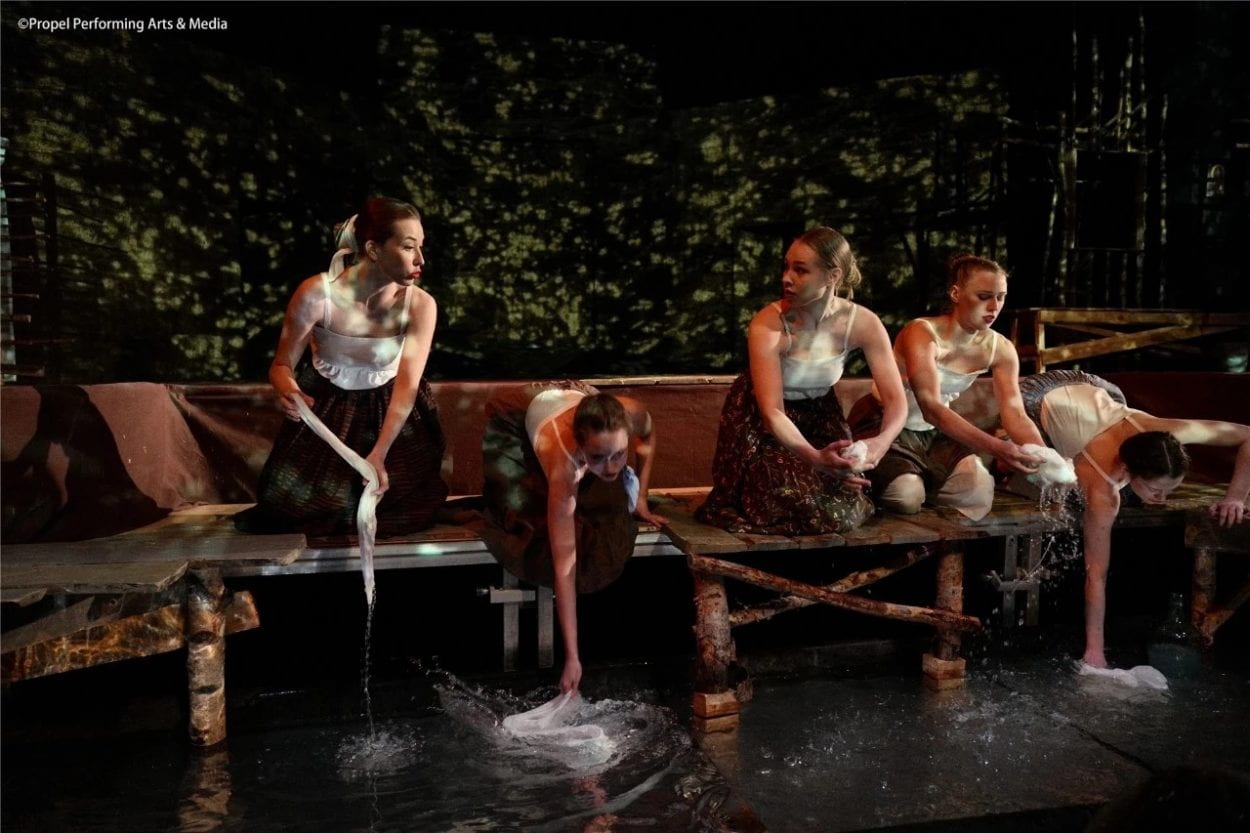I enjoyed Synchromy by Norman Mclaren a lot. I looked up the Chinese meaning of the title, which is “color symphony”, a very direct and vivid interpretation of the video. From the National Film Board’s website, “This animated short by Norman McLaren features synchronization of image and sound in the truest sense of the word.” There seems to be no board or causal relationship between the sound and the image, they are syngenetic. The color, length, width, distance, and frequency of the different squares represent the frequency, timbre, and rhythm. By making this film, Mclaren shows the synchrony intuitively.
“To make this film, Mclaren employed novel optical techniques to compose the piano rhythms of the soundtrack, which he then moved, in multicolor, onto the picture area of the screen so that, in effect, you see what you hear.” To be honest this explanation is really out of my expectation. I thought that Mclaren made the music according to the video or the other way around, but I didn’t expect them to be the same thing at all. Mclaren did a great transformation between the sound and the visual effect. And the color-matching is amazing. This video teaches me more about synaesthesia and how to produce relative beautiful work.
